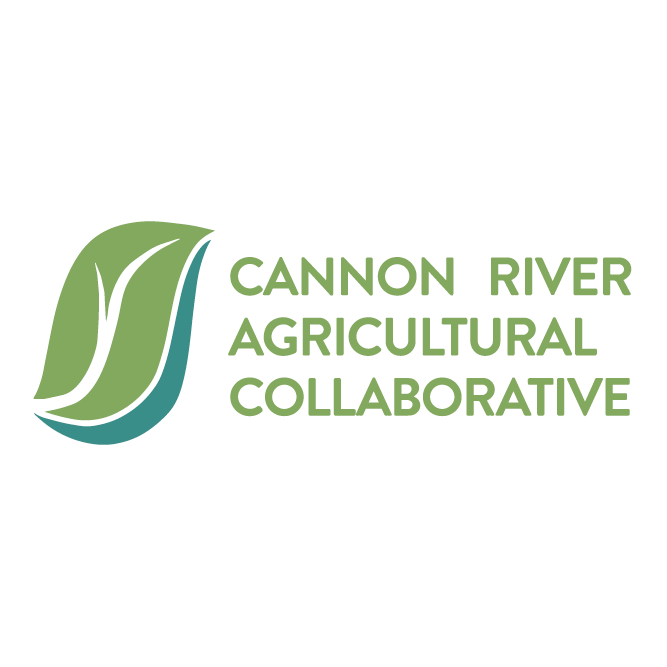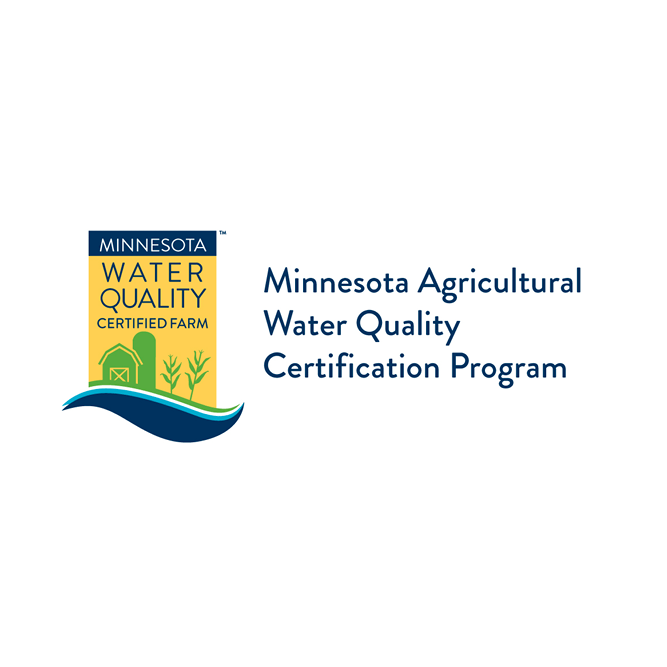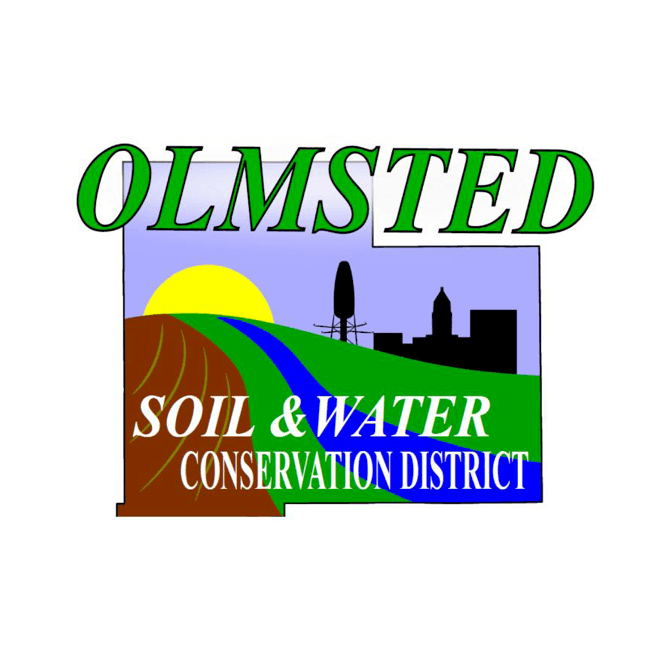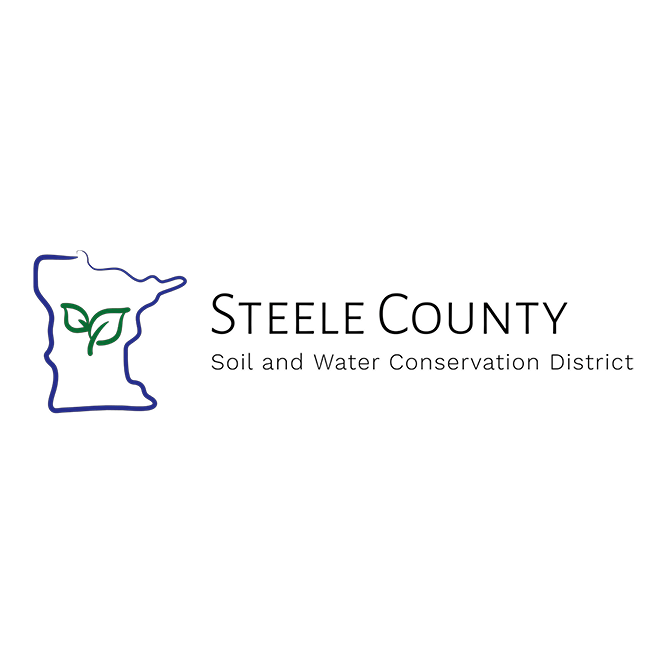Simple Harvest Farm
Conservation Story
When Kathy Zeman purchased the 20-acre farm in 2006, she faced challenges due to the steep slope of the land. The land had been used for conventional row cropping before and had problems with erosion, causing fertilizer-laden water and topsoil to run downhill into a nearby creek. Practices she adopted include:
- Using manure from her livestock to fertilize the soil, eliminating the need for chemical fertilizers.
- Alternating livestock species to reduce stress on the pastures and chances of disease.
- Planting perennial grasses, fruit trees, and shrubs to help hold the soil in place and reduce runoff and erosion. Trees in the pastures provide shade cover for the livestock, reducing heat stress, and improving their health.
- Rotationally grazing in the pastures, providing micronutrients for the soil, and reducing the need for mowing.
- Using only certified organic inputs on the farm, which helps the population of beneficial insects and indirectly improves soil health. These inputs also reduce chemical pollution from runoff.
These practices have helped her adapt to the more extreme rain and higher temperatures she’s experienced in recent years by retaining more moisture in the soil during drought and infiltrating water during heavy rains. Diversifying her forages and animals has made her more financially resilient.
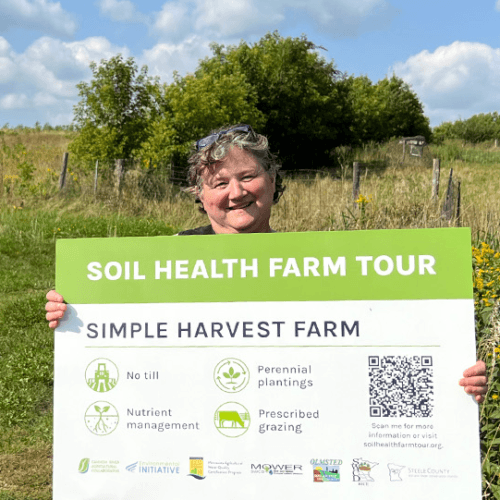
Changing to more diverse, perennial practices allowed me to be successful on land that would not be nearly as profitable or resilient with conventional practices.
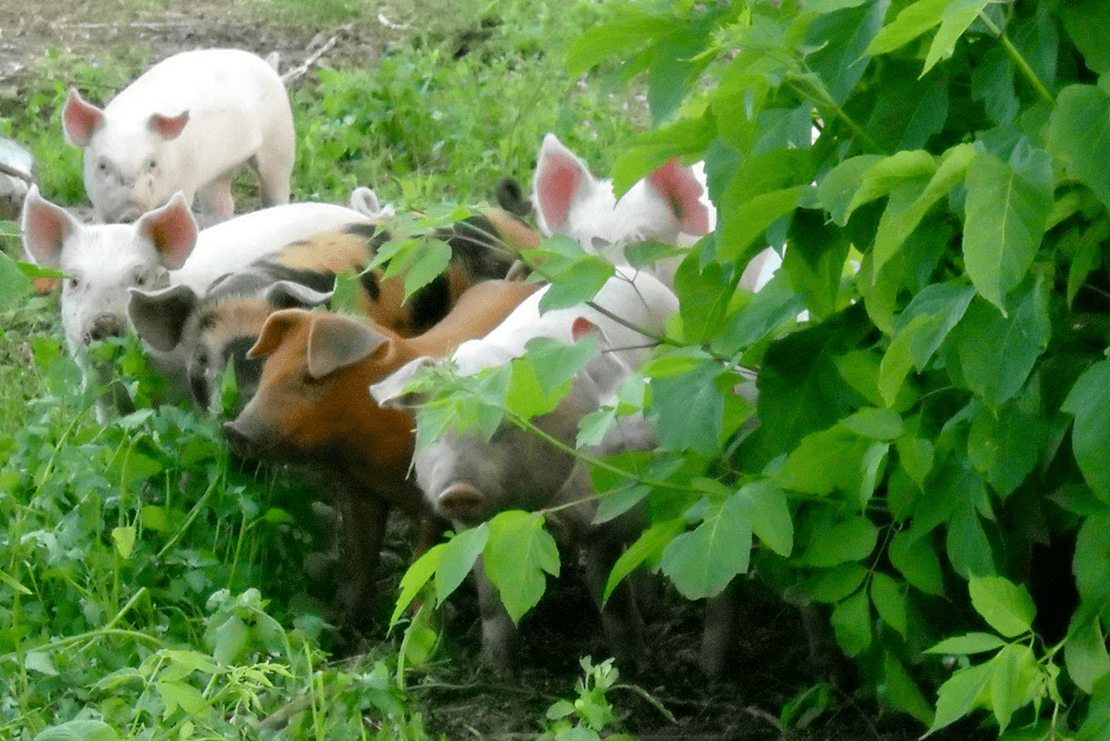
Farm Description
Kathy Zeman and her brother Nick operate a 20-acre farm with a perennial pasture and livestock. The livestock, land, crops, and produce are all organic.
Conservation practices at work

Nutrient management

No till

Perennial plantings

Prescribed grazing
Get Started Today
Talk to Kathy
Want to know more about how the Zemans made changes on their farm? Contact Kathy today.
Connect with technical experts
Learn more about these practices and financial and educational resources available to make changes on your farm. Contact the Rice Soil and Water Conservation District at (507)-332-5408.
Explore more
Learn more about what other farmers in the region are doing to build soil health by exploring the rest of the tour.
